Table of content
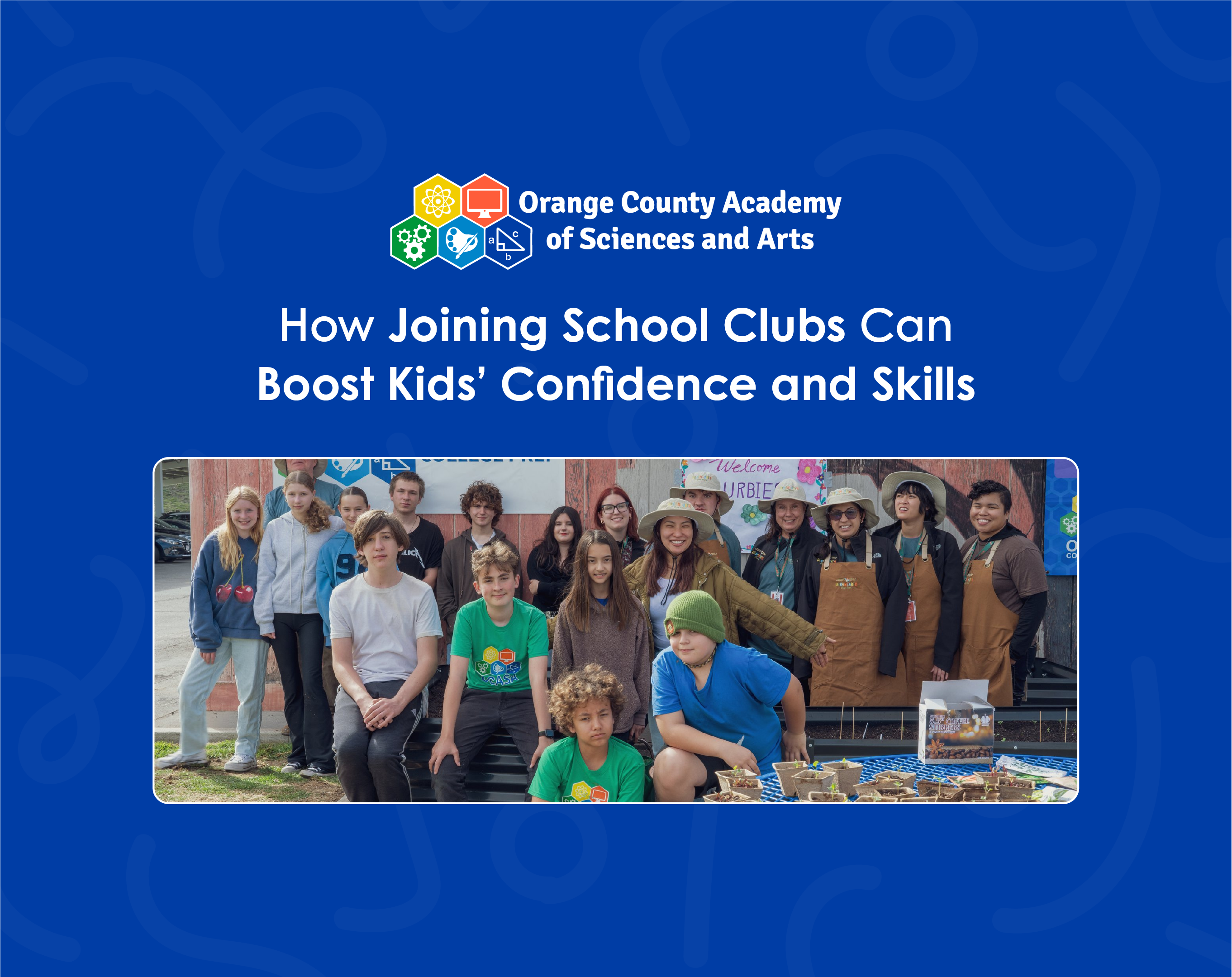
How Joining School Clubs Can Boost Kids’ Confidence and Skills
“When students explore new interests together, they grow in ways that change their entire learning experience.”
Joining a school club can be one of the best parts of childhood. It is a chance to explore new interests, meet friends, and build confidence without even knowing it. At OCASA, our academic clubs offer far more than after-school fun. They are stepping stones to leadership, creativity, collaboration, and independence. From robotics and drumline to cooking and gardening, joining a club helps students learn who they are, what they love, and what they can achieve when they try something new. In this blog, we take a closer look at how school clubs support student growth and development and how OCASA clubs create a fun and inclusive space where learning and confidence can thrive.
What Are School Clubs?
School clubs are student-led or teacher-guided groups where kids come together to explore shared interests outside the classroom setting. These clubs focus on areas like science, art, leadership, sports, or music. They offer a space for students to try something new, meet others who enjoy similar activities, and learn in a more relaxed and enjoyable way. Here, students gain a sense of belonging while building confidence through participation and teamwork.
Why Are School Clubs Necessary for Student Growth and Development?

Students grow when they are given space to explore ideas and develop new skills. Clubs allow this growth to happen naturally through real activities and group experiences. They help students improve focus, build friendships, and discover how learning can be fun and relevant to their interests. Here’s how school clubs help students grow and develop in different ways:
1. Builds Confidence Through New Experiences
There is something genuinely exciting about stepping into a new club room, joining a group of kids who are picking up paintbrushes, racquets, or code, and realizing you belong there too. That first moment of trying something new helps students gain confidence because they learn to say yes, to give it a try, and to welcome small successes. Over time, those small steps become big gestures of belief in themselves.
2. Develops Practical, Lifelong Skills
Academic clubs provide a way to practice and master meaningful skills. Through these clubs, students learn that mistakes are part of discovery, and each adjustment moves them a step closer to success. For instance, in sewing club, students learn to measure, cut fabric, and follow a pattern with care, watching their efforts turn into a real item. In cooking club, they read recipes, measure ingredients, follow steps, and share the end result. All of these club activities are not learned only to be used in the classroom; they are life skills that will stay with students long after the school day ends.
3. Encourages Leadership and Responsibility
In clubs like Associated Student Body, or ASB, students take charge of planning events, assemblies, and spirit days. They bring ideas, organize details, speak in front of their peers, and make things happen. That kind of role builds leadership, responsibility, and confidence. When students see their ideas come alive, they feel more capable of tackling challenges at school and at home.
4. Supports Social Growth and Peer Connection
One of the best parts of club life is finding peers who share interests. In clubs like pickleball, kids learn to play together, cheer on one another, and grow in sync. They learn empathy, teamwork, and how to support others. Those friendships make school time feel warmer and activities feel happier. It is where laughter, support, and real connection come to life.
5. Fosters Joyful Learning and Mindful Breaks
Club activities give students a break from lessons, allowing them to create, play, and connect. Every club helps them learn joyfully; for instance, mixed media lets them express ideas through paint, collage, or clay, and gardening teaches students to nurture living things and enjoy small successes over time. That kind of balance supports emotional well-being and helps students return to academics ready to learn and to thrive.
Explore Clubs at OCASA: A Fun Path to Growth and Learning

At OCASA, we offer a wide range of club activities on our different campuses that let students explore their interests and strengths. These clubs bring our belief in joyful, student-led learning to life:
-
Associated Student Body (ASB)
ASB club is the heart of student leadership. Here, students plan school events and activities. They learn to speak up, to collaborate with staff, and to create memorable experiences.
-
Pickleball
Our pickleball club brings together physical activity, strategy, and fun. As students learn the game, they improve coordination, build endurance, and work with classmates.
-
Mixed Media
Students in mixed media play with paint, paper, clay, and digital designs, creating pieces that tell stories and reflect their world. Exploring visual art through multiple forms and creative materials.
-
Martial Arts
Martial arts club teaches discipline, respect, and strength. As students learn forms and techniques of martial arts, this discipline builds mental resilience, which supports academic success too.
-
Yearbook
Working on the yearbook is where stories, design, and memories come together. Students write captions, choose photos, design layouts, and plan the year’s theme.
-
Robotics
In our robotics club, students design, build, and program robots and machines to perform tasks. They learn engineering, science, critical thinking, and teamwork.
-
Drumline
Drums bring rhythm, energy, and harmony. In our drumline club, students learn timing, coordination, listening skills, and confidence to perform live.
-
Sewing Club
Sewing club lets students create something meaningful with their hands. They learn to sew seams, follow patterns, and make items like pillowcases, bags, or simple clothes.
-
Cooking Club
In our cooking club at OCASA, students learn kitchen skills, measuring, mixing, and tasting their handmade food. They try new recipes and learn about food, nutrition, and safety.
-
Gardening Club
Gardening is a quiet way for students to learn and to grow, where our students plant seeds, water plants, and watch them sprout.
Conclusion
Joining school clubs at OCASA gives students a collection of opportunities to become their best selves. These clubs help students find their voice and their strengths. Every activity, whether it is creative, physical, or academic, helps children gain skills that support lifelong learning. These experiences help students feel more confident, connected, and motivated to do their best both inside and outside the classroom.
Frequently Asked Questions
-
1. What are academic clubs, and how do they benefit students?
Academic clubs are student groups focused on learning-based activities such as robotics, yearbook, or STEM-based problem-solving. They give students hands-on experiences that deepen classroom learning and help build critical thinking and collaboration skills.
-
2. How do club activities support social and emotional growth?
Club activities give students a space to connect with peers who share their interests. Working as a team in clubs like drumline, gardening, or pickleball helps students build empathy, communication skills, and friendships that enrich their emotional well-being.
-
3. Are these club activities for students of all grade levels?
Yes, at OCASA, club activities for students are designed to be age-appropriate and engaging from elementary through middle school. Whether students are just beginning to explore interests or diving deeper into a passion, there’s a place for everyone to grow. While not all clubs are offered at every campus, every student will have access to fun, engaging options where they can grow.
-
4. Can club activities help students with their academic performance?
Yes, many club activities reinforce skills taught in class. For example, robotics encourages logical thinking and math application, while sewing supports measurement. These experiences often boost confidence and academic engagement.
-
5. What if my child is shy or unsure about joining a club?
Joining a club is a great way for shy students to step into a supportive environment. Every club activity is collaborative and welcoming, helping kids build confidence slowly through shared goals and gentle encouragement.


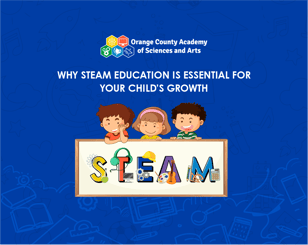
%20_653%20X%20518%20_%202%20copy%206.webp?height=245&name=Blog%20images(Empowering%20Young%20Innovators)%20_653%20X%20518%20_%202%20copy%206.webp)

.webp?height=245&name=mothers%20day-18%20(1).webp)



.webp?height=245&name=Hands-on%20Learning%20to%20Revolutionize%20Core%20Education-09-09%20(1).webp)


-1.png?height=245&name=image%20(14)-1.png)
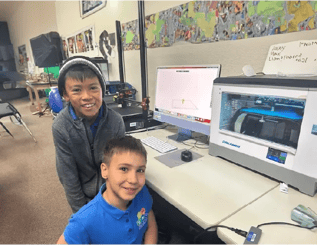
.webp?height=245&name=Library1.1%20(1).webp)

.webp?height=245&name=celebrating-the-incredible-staff-at-ocasa-01%20(1).webp)
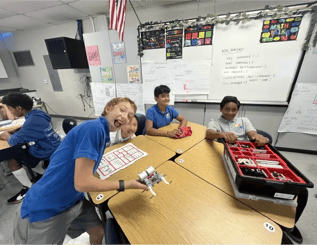

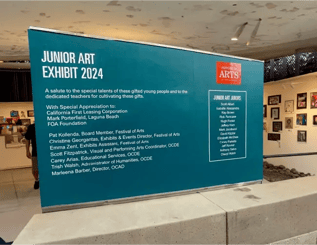

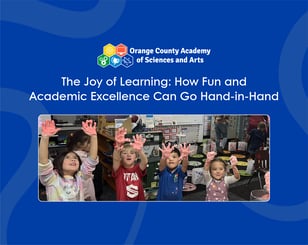

.webp?height=245&name=smart%20learning-16%20(2).webp)
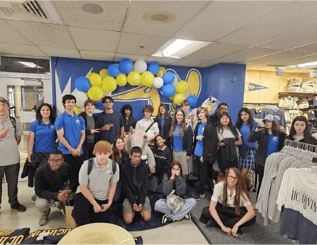
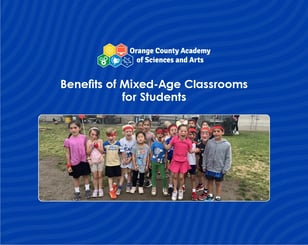
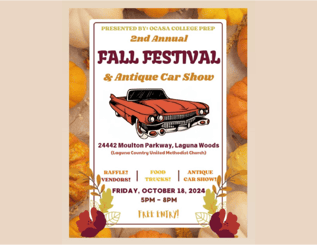
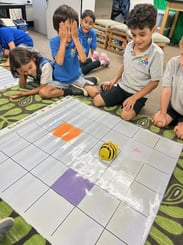
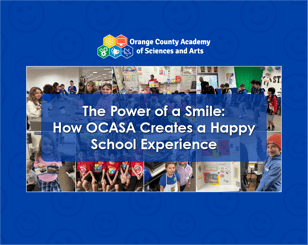
-11.webp?height=245&name=Blog(%20The%20Magic%20of%20Reading)-11.webp)
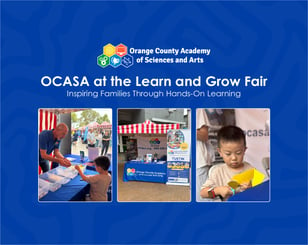
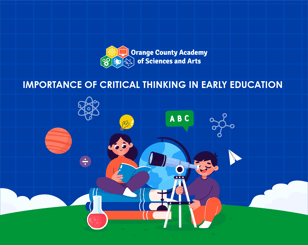

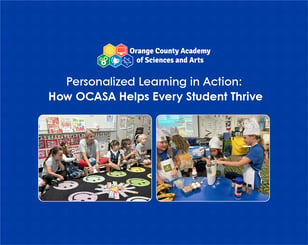
.webp?height=245&name=Main%20Banner@2x%20(1).webp)

